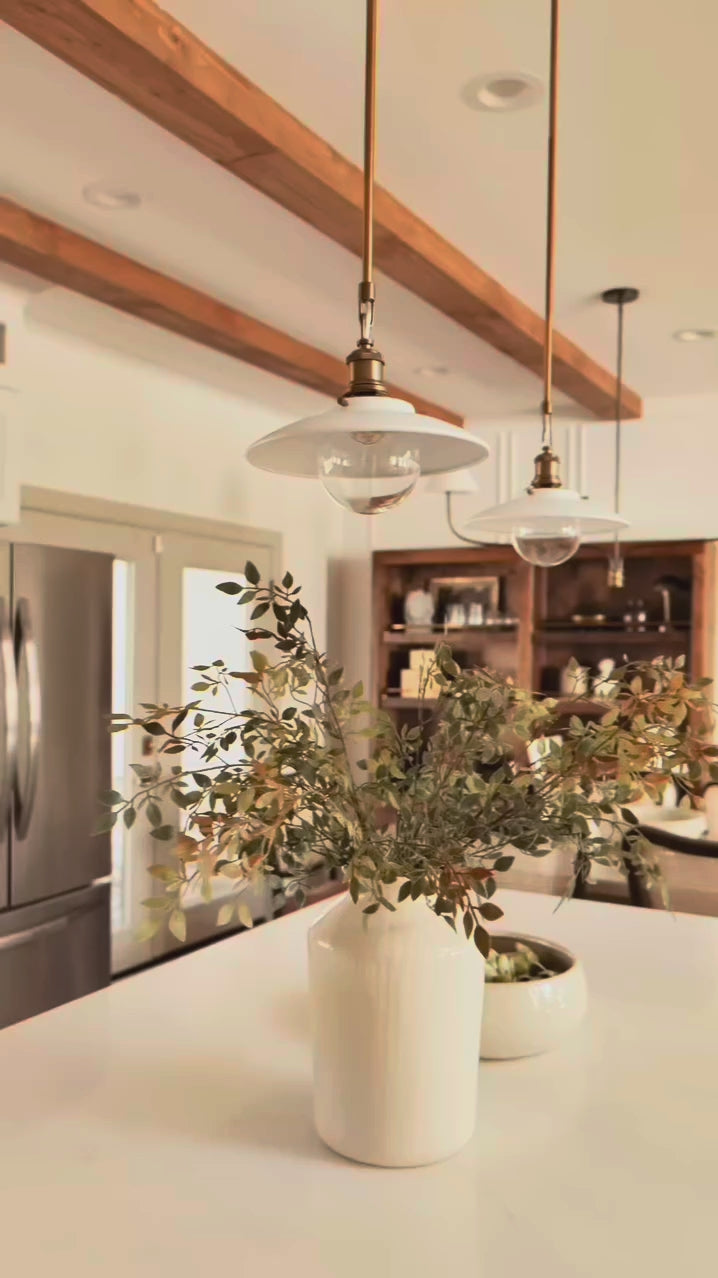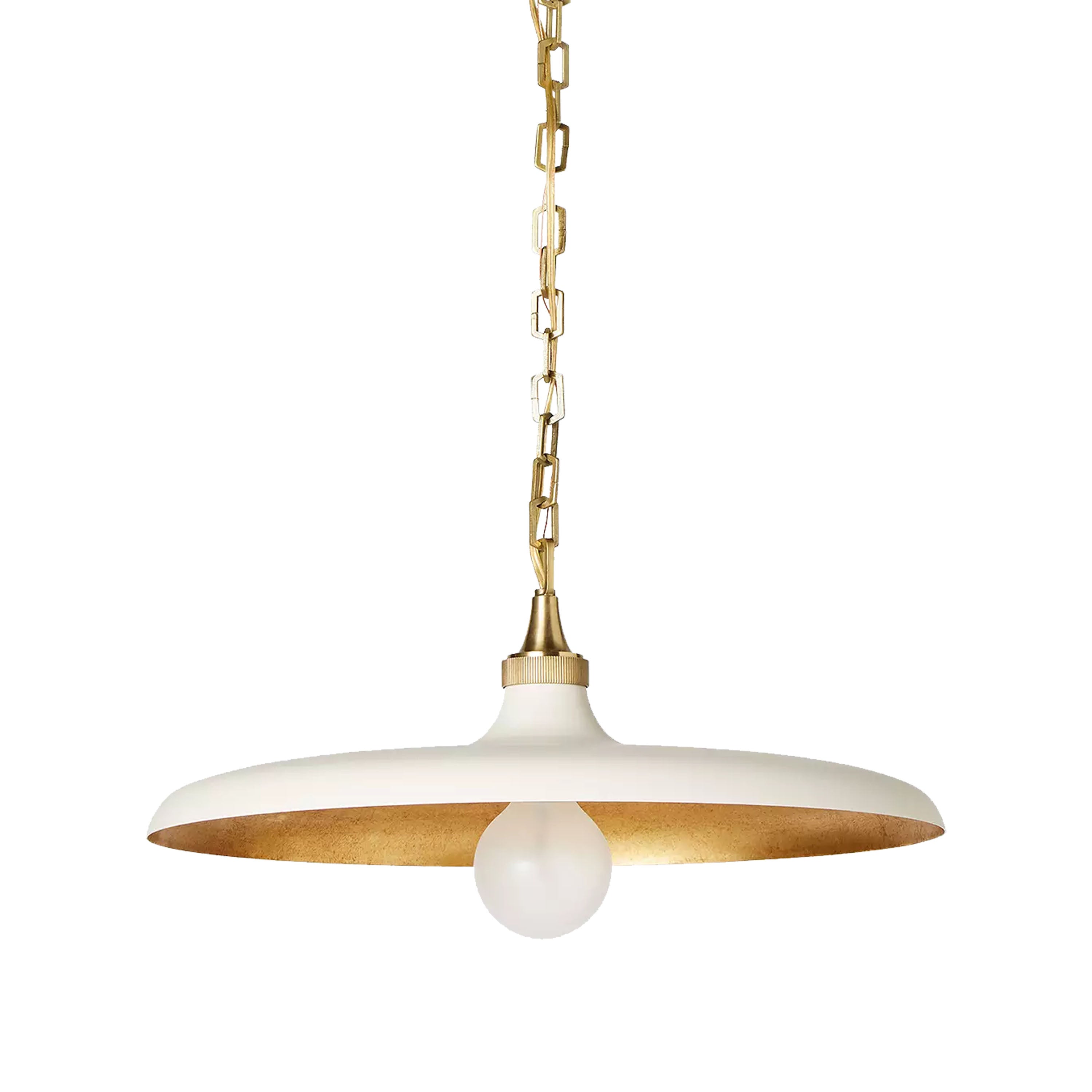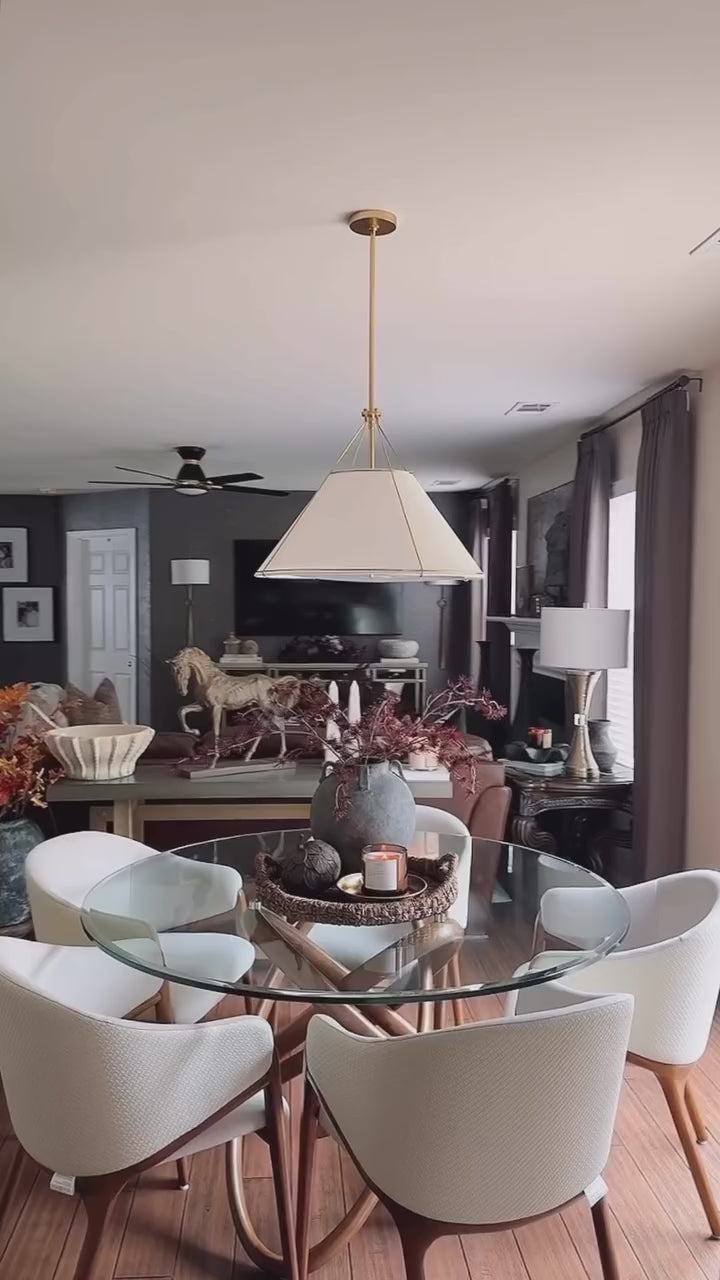Gifting has never been easier
Perfect if you're short on time or are unable to deliver your gift yourself. Enter your message and select when to send it.
Dispatch in 48 Hours
Shop in-stock lighting for Thanksgiving
BFCM Early Access
Unlock Your Benefit
100+ New Arrivals
Explore Our Collection
Free Shipping On Order $200+
Shop Now

Dispatch in 48 Hours
Shop in-stock lighting for Thanksgiving
BFCM Early Access
Unlock Your Benefit
100+ New Arrivals
Explore Our Collection
Free Shipping On Order $200+
Shop Now
Cart 0
Your cart is empty
Enjoy 10% off all rattan pendants!
Ever feel like your home’s lighting is stuck in the dark ages? Don’t let outdated or inadequate lighting drag down your space!
Whether you're dealing with shadowy corners or just need a fresh look, Rowabi’s 10+ tips will guide you to the perfect glow. Brighten up your home and bring new life to every room—get ready to shine with these essential lighting strategies!
Discover how to illuminate your home with style and function


Explore stunning lighting options designed to elevate everyday life, from quiet family evenings to unforgettable holiday celebrations shared at home.
Don't wait
Explore stunning lighting options designed to elevate everyday life, from quiet family evenings to unforgettable holiday celebrations shared at home.
Don't wait
Explore stunning lighting options designed to elevate everyday life, from quiet family evenings to unforgettable holiday celebrations shared at home.
Don't wait

Get inspired: explore lighting styles loved by homeowners
Bring the ideas home
Get inspired: explore lighting styles loved by homeowners
Bring the ideas home
Get inspired: explore lighting styles loved by homeowners
Bring the ideas home

Discover how the right lighting can instantly transform your home into a warm, inviting sanctuary that reflects your style and impresses every guest who walks in.
Get yours todayThe following 10 tips will help you pinpoint the current lighting issues in your home and find ways to improve both its functionality and aesthetics.
Discover how to enhance your lighting setup to better support your space and elevate its style.
Lighting plays a crucial role in shaping the atmosphere and functionality of every room. To get it right, it’s essential to understand the four main types of lighting:

There are four main types of lighting that you need to know and understand to apply to your home. Source: LinkedIn (1)
What it is: Ambient lighting provides overall illumination for a room, creating a comfortable level of brightness without causing glare. It’s the foundation of your lighting plan and helps you see and navigate your space.
Where to use it: Ambient lighting is ideal for living rooms, bedrooms, and hallways where you need a general level of illumination.
Rowabi tips:
What it is: Task lighting focuses on specific areas where you need extra light for activities such as reading, cooking, or working. It provides directed light to help you perform tasks efficiently and safely.
Where to use it: Ideal locations include kitchen counters, workspaces, reading nooks, and bathroom vanities.
Rowabi tips:
What it is: Decorative lighting enhances the visual appeal of a room and serves as a design element rather than just providing illumination. It adds character and style to your space.
Where to use it: Perfect for dining rooms, living rooms, and entryways where you want to make a design statement.
Rowabi tips:
What it is: Accent lighting is used to highlight specific features or create visual interest. It adds depth and dimension to a room by focusing light on particular objects or areas.
Where to use it: Ideal for showcasing artwork, highlighting architectural features, or creating focal points in living rooms, galleries, or display areas.
Rowabi tips:
Maximizing natural light can transform your home’s ambiance and enhance your well-being. To start, ensure your windows are unobstructed by using lightweight, sheer curtains or blinds that allow maximum light to enter.
If privacy is a concern, consider window films that provide privacy while still letting in natural light.

Natural light is still the best for health, color reflection, and aesthetics. Source: Beautiful Homes (2)
Next, focus on enhancing light reflection within your home. Light-colored walls and reflective surfaces, such as glossy finishes and mirrors, can significantly increase the amount of light that fills your space.
For best results, place large mirrors opposite windows to amplify the reflected light and make the room feel brighter.
In addition, consider installing skylights or light tubes if you have rooms without windows. These features can introduce natural light into otherwise dark areas. To further improve light flow, use transom windows above doors or in partitions to allow light to move between rooms.
When planning lighting for your home, it’s crucial to consider the purpose of each room and how it will be used.
Here’s how to tailor your lighting approach to different areas of your home:
The kitchen serves various functions, including cooking, dining, and working. For cooking, use bright, focused lighting with under-cabinet lights for countertops and recessed ceiling lights for overall brightness.
Add pendant lights over the dining table to create a welcoming atmosphere for meals. This combination addresses both task and ambient lighting needs.

In the kitchen, it's essential to focus on adequate task lighting to ensure it functions well. Source: Jaquar (3)
This space is used for relaxation, socializing, and entertainment. To cater to these activities, use a blend of ambient, task, and accent lighting. Install ceiling fixtures for general illumination, add floor lamps or table lamps for task lighting, and incorporate accent lights to highlight artwork or architectural features.

The living room is always the focal point of the home, so use beautiful and refined layering techniques. Source: Homes & Gardens (4)
A home office requires lighting that supports productivity and reduces eye strain. Use a combination of task lighting and ambient lighting. Desk lamps with adjustable arms are ideal for focused work, while overhead lights or recessed lights provide overall illumination.
The bedroom is a space for relaxation and resting. For this purpose, use soft, adjustable lighting. Bedside lamps are great for reading and tasks, while overhead fixtures provide general illumination.

Bedside lamps will be one of the highlights of the room. Source: Architectural Digest (5)
For tasks like shaving or applying makeup, bright, focused lighting is essential. Install vanity lights around mirrors to eliminate shadows and provide clear visibility.
Meanwhile, incorporate ambient lighting, such as ceiling fixtures or recessed lights, to ensure the entire space is well-lit and functional.
Hallways benefit from consistent and practical lighting. Use wall sconces or overhead lights to ensure clear visibility and safety. Motion-sensor lights can be a convenient option for automatically illuminating the space when needed.

The hallway serves as a welcoming introduction for guests, so it should be well-lit and guide the way. Source: Lightopia (6)
This room needs to accommodate various activities such as play, study, and bedtime. Use bright, adjustable lighting for play and study areas. Incorporate night lights for safety and comfort. Dimmable lights can help create a calming atmosphere at bedtime.
Effective lighting can dramatically enhance the perception of a room's size and shape, creating a more open and inviting space.

Just try choosing one of the tips below, and you’ll see a noticeable difference in your living room. Source: Architectural Digest (7)
Here’s how to use lighting to accentuate and amplify your room’s dimensions:
To effectively illuminate a room, start with ambient lighting to provide general, even illumination throughout the space. Add task lighting to focus on specific activities, such as desk lamps for work areas or under-cabinet lights for cooking.

Layering lighting is also a way to create depth in a room. Source: Lumens Lighting (8)
Incorporate accent lighting to highlight architectural features and decor, using wall sconces or LED strips. Combine various light fixtures like ceiling lights, table lamps, and floor lamps to create depth and flexibility. Use dramatic pendants and statement lamps to add character and style to the room.
Choosing the right size of light fixture is crucial for creating a balanced and harmonious space.
Start by calculating the fixture's diameter based on the room's dimensions: add the length and width of the room in feet, and this sum in inches gives you the ideal diameter for the fixture. For instance, a room measuring 8 by 10 feet would suit a fixture with an 18-inch diameter.
Ensure that the fixture's size complements the room’s proportions and does not overwhelm the space. For dining areas, maintain a clearance of at least 30 inches between the bottom of a chandelier or pendant and the top of the dining table to ensure comfortable interaction.

Paying attention to the size of tables when choosing lamps is important, but it’s something people often overlook. Source: The Spruce (9)
In addition to the diameter, consider the height of the fixture. For tall ceilings, a longer pendant or chandelier can enhance vertical space, while for lower ceilings, a more compact fixture is appropriate.
To create a harmonious space, aim for symmetry and balance in your lighting design. Start by using matching fixtures, such as placing pairs of table lamps on either side of key furniture pieces like beds or sofas.
Install symmetrical wall lights on either side of mirrors or artwork to ensure even illumination and draw attention to focal points.

Symmetry is the key to creating a tidy, orderly, and sophisticated home. Source: Homes & Gardens (10)
For asymmetrical designs, balance the visual weight by complementing larger fixtures with smaller lights or decorative objects on the opposite side. Moreover, incorporate decorative elements like plants or sculptures to maintain balance and visual interest.
A standout decorative light fixture can serve as a focal point and elevate the design of any room. Choose a bold, sculptural design, such as a crystal chandelier, Sputnik-inspired pendant light, oversized dome, or the trendy rattan pendant light.

Notice how the Elena Globe Pendant Light creates a distinctive effect in a minimalist living room. Source: Rowabi
These fixtures can be versatile in shape, quality, and color intensity, depending on the craftsmanship of the artisans. Position your chosen light centrally—above a dining table or in a spacious hallway—to maximize its impact and draw attention.
Limit yourself to one statement piece per room to avoid overwhelming the space. Ensure the fixture is larger or more prominent than other lights in the room to maintain its role as the focal point.
To achieve a cohesive and stylish look, your light fixtures must complement the overall design scheme of your room. Start by maintaining a consistent color scheme and material finish throughout your lighting choices.
For instance, if you choose a variety of fixtures, ensure they share a common finish, such as polished brass or matte black, to create visual harmony. Mixing different finishes is possible, but it’s best to limit it to two per room to avoid a disjointed appearance.

When choosing furniture, the first step is to assess the consistency of materials and colors among the pieces. Source: Young House Love. (11)
Consider how light fixtures interact with existing decor elements. If you have a lamp with a fabric shade, coordinate it with other textiles in the room, such as curtains or cushions. Matching the shade’s fabric pattern or color with these elements can help integrate it seamlessly into the space.
Incorporating wall lighting is essential for enhancing the overall ambiance of a room. Wall sconces are a versatile choice, adding both ambient and task lighting while highlighting artwork or architectural features.
Wall washers can also be a great addition, providing even illumination across a wall and creating a sense of depth and proportion in the room.

Wall lighting is a subtle source of illumination that offers both unique placement and distinctive aesthetics. Source: Arcedior Shop (12)
Backlighting is another effective technique, where LED strips or hidden lights are placed behind furniture or artwork. Additionally, decorative wall fixtures that serve as art pieces can enhance the room’s aesthetic while offering functional lighting.
How do I get better lighting in my house?
What is the proper lighting in the house?
How do I light up my house?
How can I get better at lighting design?
How do you fix poor lighting?
What are the 3 rules of lighting?
How do I get good lighting indoors?
How do I brighten up my home?
What is the rule of thumb for lighting design?
How can I make my house more light?
Mastering the art of lighting can elevate the comfort and style of your home. By thoughtfully applying these tips from Rowabi, you’ll achieve a well-lit space that is both functional and aesthetically pleasing.
The right lighting enhances your home’s character and creates a welcoming atmosphere.
Source:

Cleaning Hacks for Pendant Lighting to Welcome New Season
It's the perfect time to elevate the ambiance of your living spaces. In this guide, Rowabi will share valuable tips and tricks to help you effectively clean and rejuvenate your pendant lighting fix...
Read more
Chase the Cold Away: Rattan-Inspired Winter Decorating Tips
As the spring delicately arrives, creating a blooming canvas outside, it beckons us to transform our homes into sanctuaries of something refreshing. Join us on a journey with Rowabi as we explore s...
Read moreGifting has never been easier
Perfect if you're short on time or are unable to deliver your gift yourself. Enter your message and select when to send it.
